Generator installation Maverick, TX gives homeowners, ranches, and small businesses in Maverick, TX a dependable way to stay powered when the utility goes down. With a properly designed home standby generator in Maverick, TX you can keep your refrigerator, well pump, air conditioning, medical devices, and home office running while the rest of the neighborhood waits in the dark.
Hooked Up Electric handles the entire process, including load calculation and sizing, transfer switch selection, gas line design, generator pad and placement, electrical interconnection, and final startup testing. Spring storms in Maverick often cause extended outages, so standby power keeps fridges, well pumps, and AC running when it matters most. Serving homeowners across United States, our team focuses on safety, code compliance, and clear communication from the first visit to the final walkthrough. Call 325-442-5594 or get a free quote today.
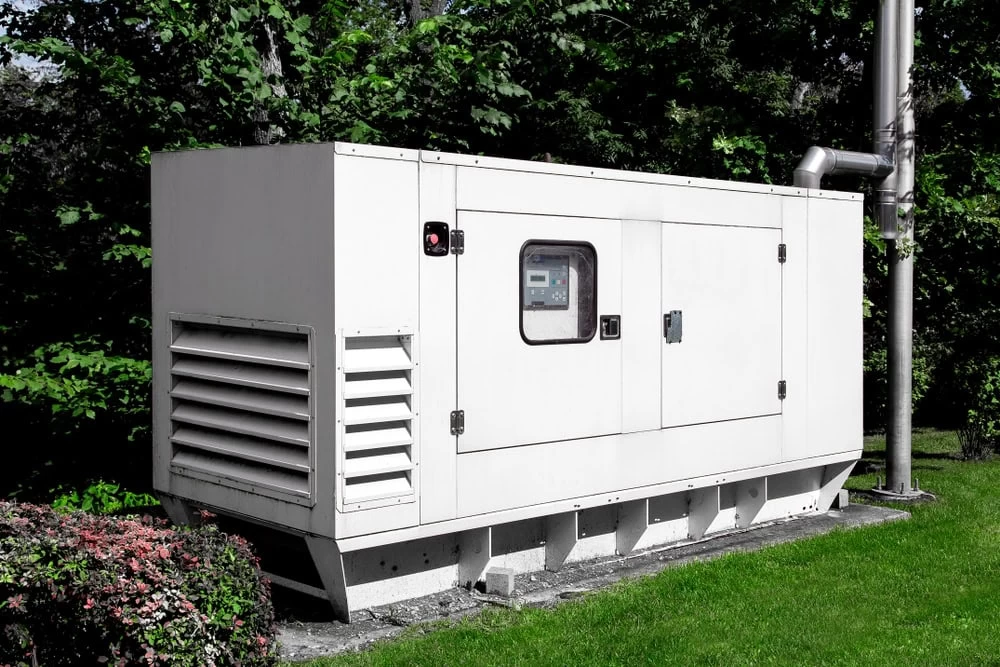
Hear from Our Customers
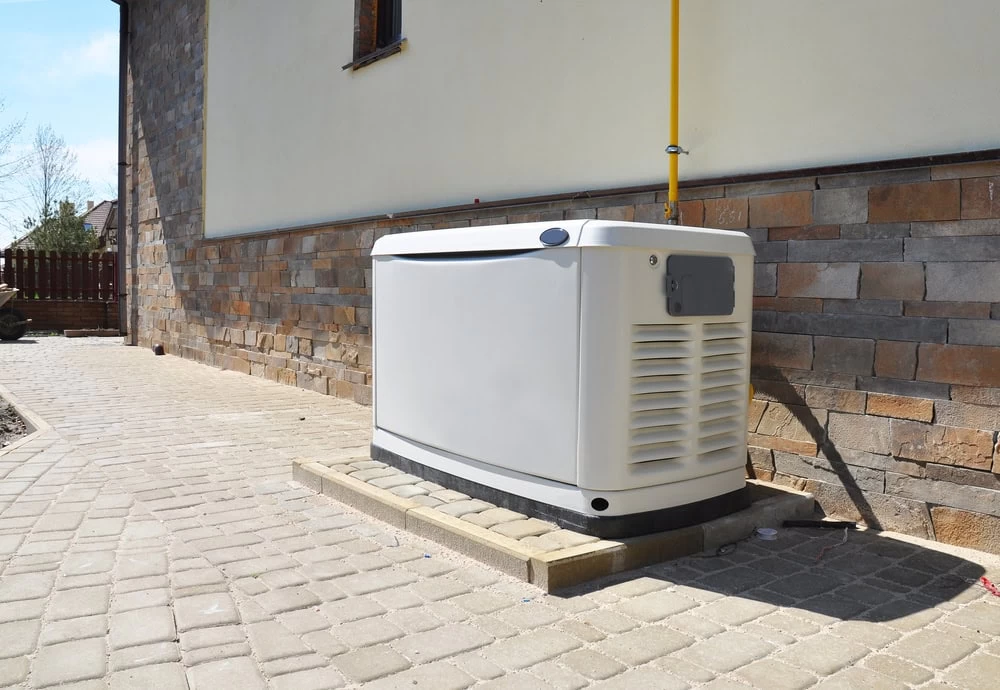
Choosing Hooked Up Electric for your standby system in Maverick, TX means you get a complete backup power plan, not just a generator set on a slab. Our licensed generator electrician Maverick, TX team evaluates your home, well, and HVAC loads, then recommends equipment and wiring that deliver comfort without wasting fuel or overspending. The result is safe, automatic backup power that protects your family, your property, and your routines when the grid fails.
Hooked Up Electric is a local Texas electrical contractor that specializes in safe, code compliant standby power systems. Our electricians bring years of field experience, strong NEC and Texas code knowledge, and the ability to coordinate both electrical and gas work under one roof, which keeps projects in Maverick, TX on schedule and done right the first time.
We proudly serve homeowners, ranches, and small businesses across United States and nearby communities with a full range of electrical services. Along with generator installation, we provide circuit breaker panel upgrades, lighting services, EV charger installation, and security lighting so your entire electrical system works together. Whether you want a compact backup solution or whole house generator installation Maverick, TX coverage, our residential generator installers Maverick, TX customers rely on will treat your property with care and respect.
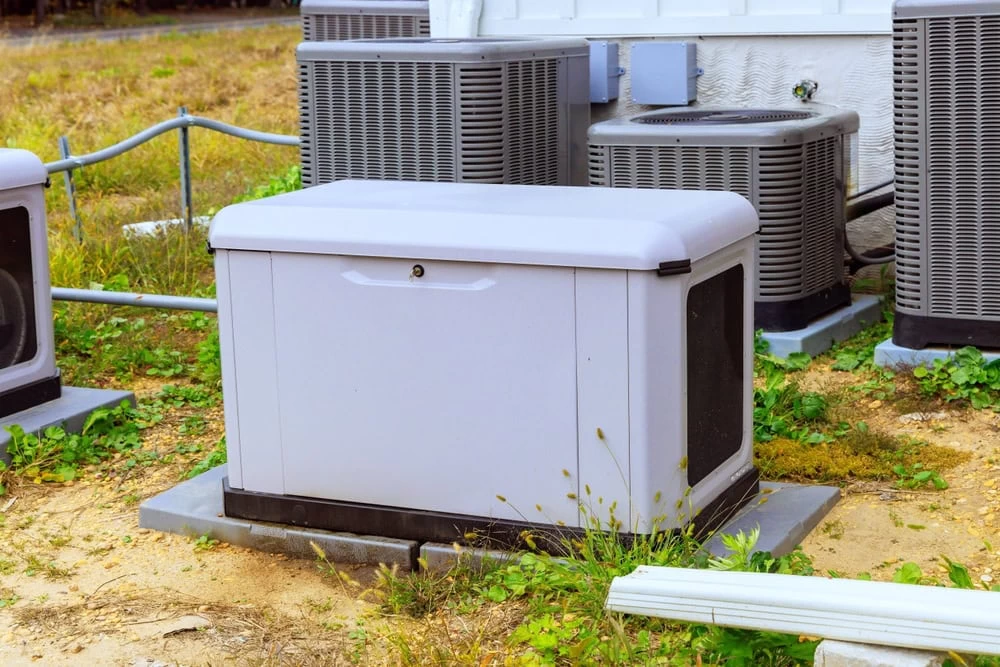
Every project starts with a consultation and sizing visit where we walk your property in Maverick, TX and listen to what matters most during an outage. We review your existing panel, AC units, well or booster pumps, refrigerators, freezers, and any sensitive electronics, then answer the common question, what size generator do I need in Maverick, TX. At this stage we also discuss the difference between essential circuit coverage and whole home solutions, so you can choose the level of protection that feels right.
Next, we prepare a clear written proposal that outlines equipment, labor, and options in plain language. If your current panel is full or outdated, we may recommend an upgrade electrical panel for generator Maverick, TX so your new system has a safe spot for its dedicated breaker and transfer equipment. Once you approve the plan, Hooked Up Electric secures the permit for generator work, coordinates with your gas provider if needed, and schedules installation for a day that fits your calendar.
On installation day, our crew arrives on time and protects work areas inside and outside your home. We start with generator pad and placement Maverick, TX so the unit sits level, secure, and within required setbacks from windows, doors, and mechanical equipment. We set and wire the transfer switch, complete automatic transfer switch installation Maverick, TX where specified, run conduit and conductors between the generator and your panel, and tie everything together with a dedicated generator breaker, proper grounding, and bonding.
Finally, we move to startup, testing, and homeowner orientation so you can see the system operate before we leave. We simulate a utility outage, verify voltage and frequency, and confirm that your selected circuits behave as expected under load. Then we review basic generator maintenance and service Maverick, TX options, walk through controls and weekly exercise modes, and help with warranty registration so your investment is fully protected.
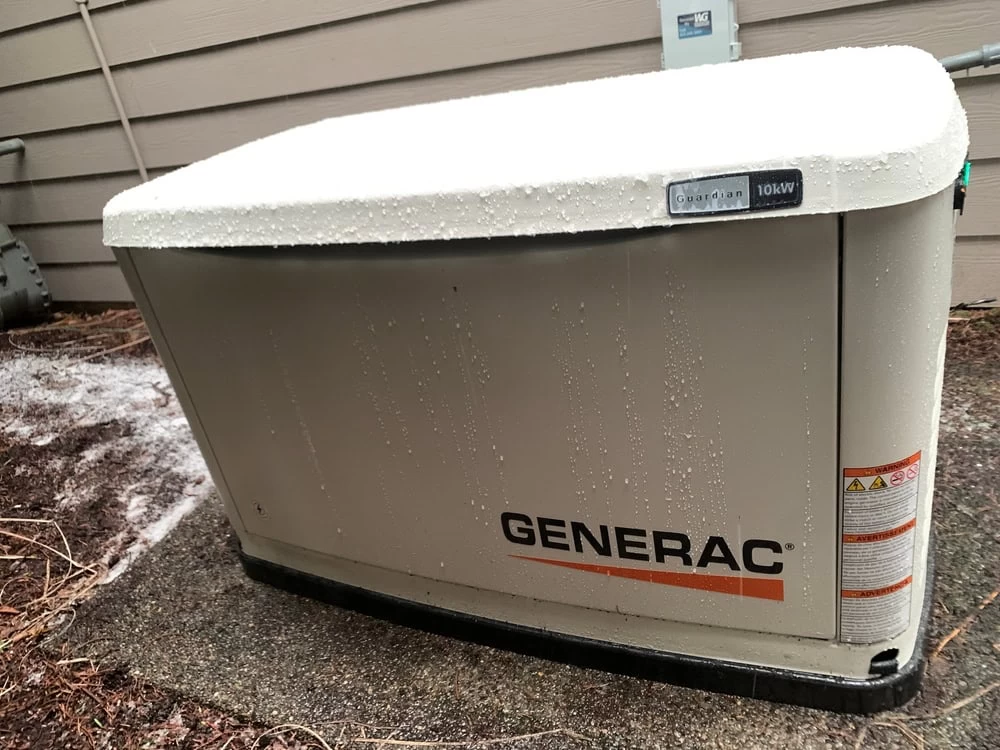
Ready to get started?
A professional standby installation from Hooked Up Electric includes all of the planning, equipment, and craftsmanship needed to keep your Maverick, TX property powered safely and reliably. We handle everything from the first load calculation to the final inspection, so you do not have to juggle multiple contractors or guess at code rules.
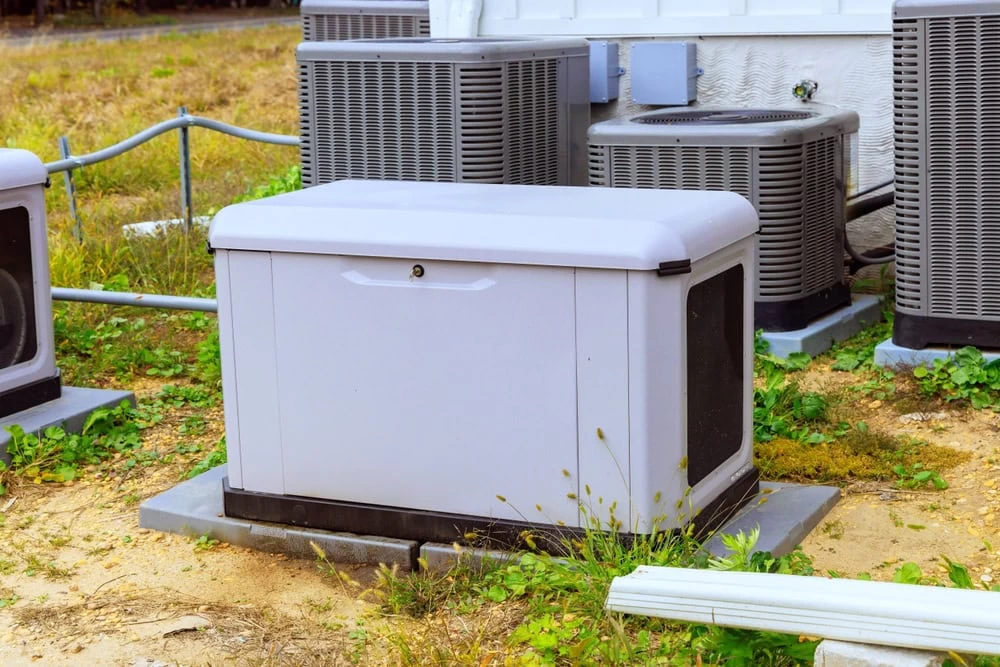
Other Services we provide in Maverick